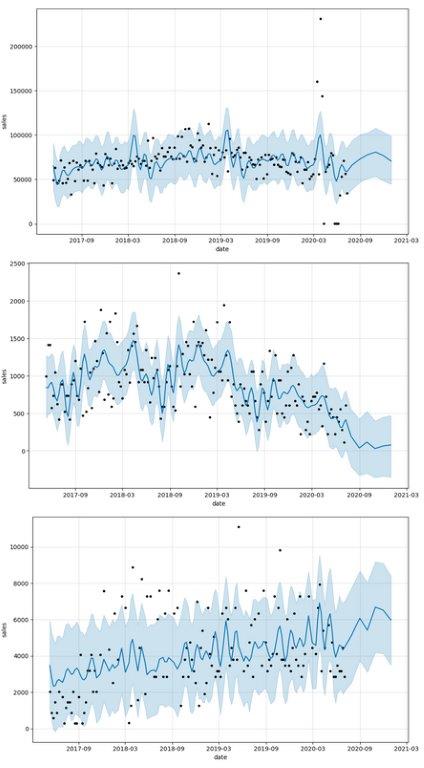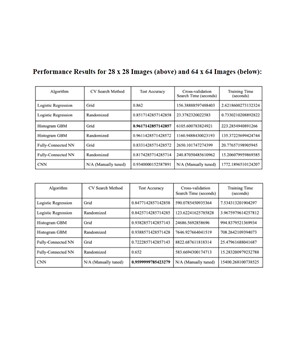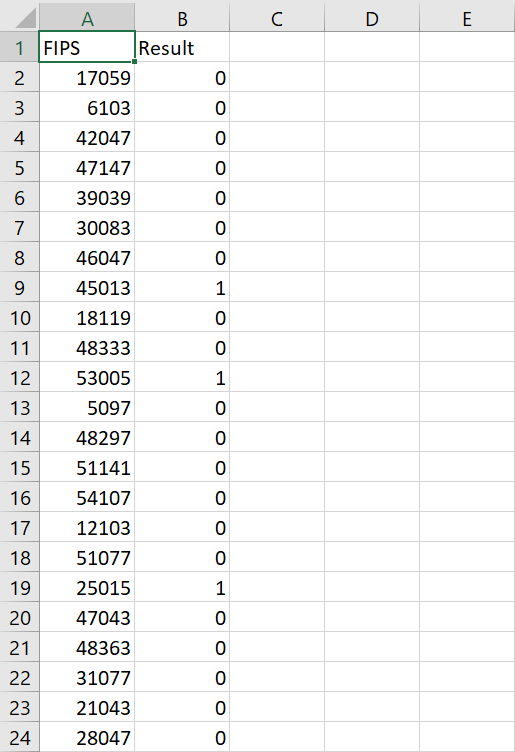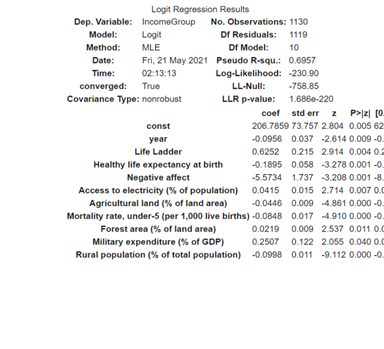Programming/Languages
Python, SQL, Java, CSS3, HTML5, JavaScript, R, MATLAB, PHP
Operations Research Modeling Techniques
Tools: SQL, GIS, Excel, Visual Basic programming, and programming in scripting
languages.
Methods: multiple linear regression,
classification,
logistic regression, clustering, time-series forecasting, and design and analysis of A/B
tests.
Statistics
Random variables, probability distributions, density functions, expectation and variance,
multidimensional random variables,
important distributions,
hypothesis testing, confidence intervals,
and point estimation using maximum likelihood and the method of moments.
Data Science
Machine Learning topics: regularized linear models, boosting, kernels, deep networks,
generative models, online learning,
and ethical questions arising in ML applications
Data Mining topics: building and interpreting various statistical models, Naive
Bayes, graphical models, multiple regression,
logistic regression, clustering methods, and principal component analysis.
Networks, Crowds, and Markets
Analyzing networks and human behavior. Learning to construct mathematical models for and
analyze
networked settings to made predications about behavior
within systems and learn to design systems to exhibit desirable behavior.
Ex: social networks, peer-to-peer filesharing, Internet markets, crowdsourcing,
instrumental variables, regressions with
qualitative information, heteroskedasticity, and serial correlation
Business
How finance, marketing, accounting, and operations can affect business decisions.
Topics: microeconomics, marketing, financial accounting, finance, business
simulation, and career goals







